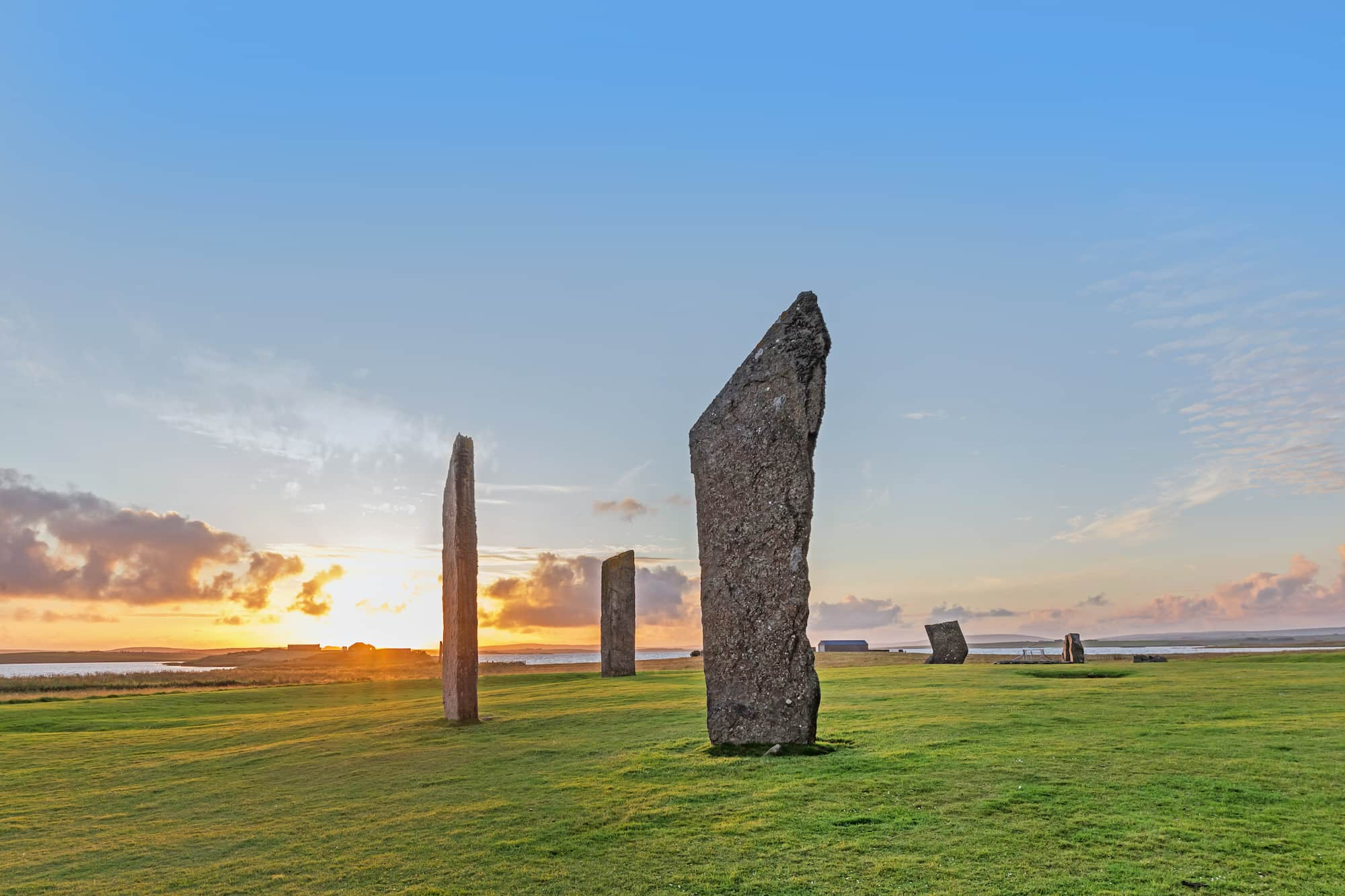William Brodie, more famously known as Deacon Brodie, was a well-respected member of Edinburgh’s tradesmen, Deacon of the Incorporation of Wrights and a master cabinet maker which helped make him a member of the City Council. He was known to socialise with the gentry of Edinburgh, with the elite of the city frequently using his services due to his mastery. These relationships would enable him to cater to the needs of his evening occupation which was a thief and burglar.
Due to his insatiable taste for gambling and having to support his two mistresses and the children that were born from those relationships, Brodie took to crime. By his trade services being used by the rich and elite of Edinburgh he was able to learn the security systems of his clients and make wax impressions of their keys, making his thievery quite simple.
It is thought that Brodie’s criminal career lasted for around 20 years before his eventual capture which was due to his recruitment of accomplices John Brown, George Smith and Andrew Ainslie 2 years previously. In 1788 Brodie organised an armed raid on an excise office in Edinburgh’s Canongate which failed. That night his accomplice Brown went to the authorities in order to claim a pardon for his crimes, which he earned by giving the names of Smith and Ainslie, but not Brodie.
Smith and Ainslie were arrested by the police the next day, when Brodie tried to visit them in their cells he was denied, this set alarm bells ringing and he promptly left Edinburgh. Eventually he made it to the Netherlands with the intention of continuing on to America but he was apprehended by local authorities and shipped off back to Edinburgh to face his crimes.
Brodie’s prosecution was more a less assured thanks to authorities convincing his other accomplice Ainslie to turn evidence against Brodie. Now with two of his former collaborators turned against him, this led to Brodie & Smith being found guilty. They were hung at the Old Tolbooth on the Royal Mile on the 1st of October 1788.
There were persistent rumours at the time though that Brodie may have escaped justice despite being hung in front of 40,000 people. The rumour pertained that Brodie bribed the hangman to ignore a steel collar and silver tube which would help prevent the hanging from being fatal. Apparent sightings of Brodie in Paris helped to further this idea, though his corpse being put in an unmarked grave in Buccleuch Church in Chapel Street may suggest that these rumours are not true.
Thus the fascination with the duality of the man’s character began and would be an influence on Robert Louise Stevenson’s celebrated novel ‘Dr Jekyll & Mr Hyde’. So once you finish your tour with us there is plenty to explore on the Royal Mile about Edinburgh’s seedier side, enjoy!


